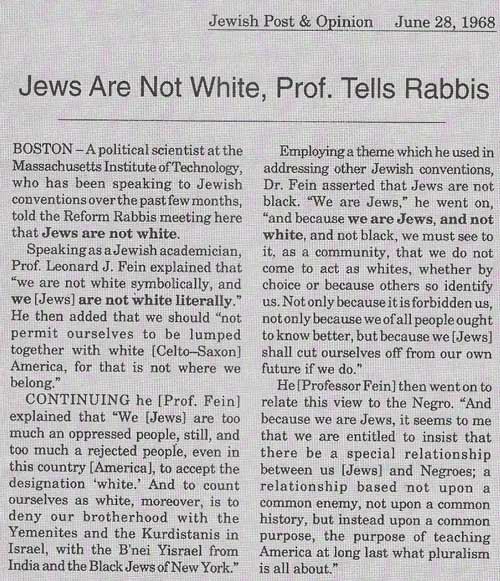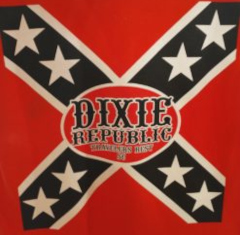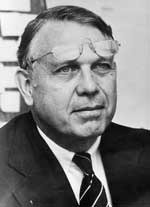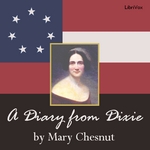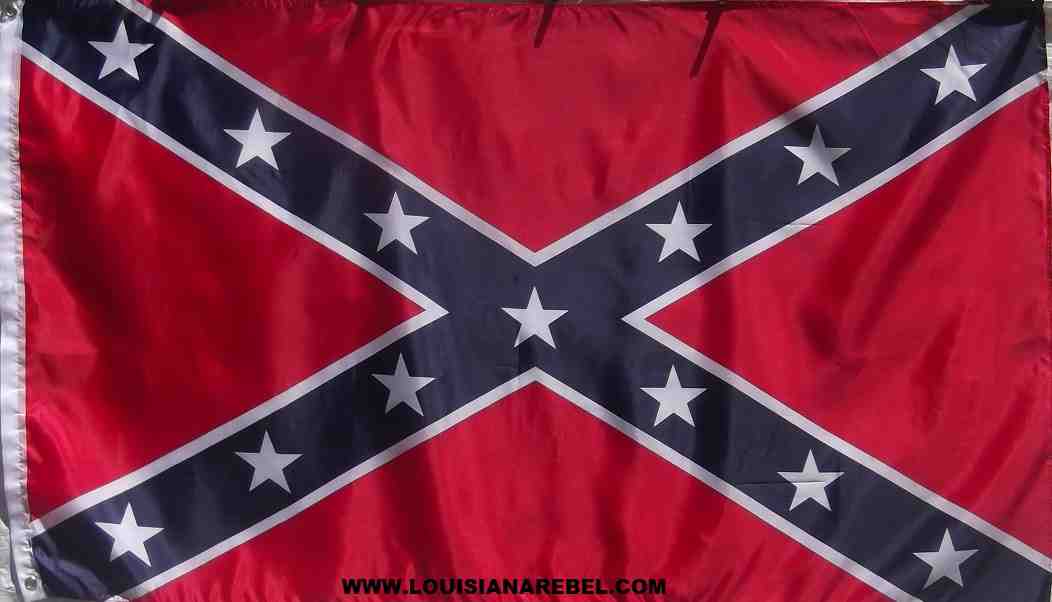On Secession and Southern Independence
By Dr. Michael Hill, President, The League of the South
The voluntary union (or confederacy) of States known as the United States was born of a secessionist movement against Great Britain, and our Declaration of Independence is, at base, a secessionist document. How, then, can secession legitimately be called "un-American?"
When our Founding Fathers broke the bonds of political association with the British Empire in 1776, the former colonies became free and independent States constituting thirteen separate communities, each asserting its sovereignty. This state of affairs received confirmation by both the Articles of Confederation (1778) and the Treaty of Paris (1783). Thus Americans themselves, as well as their British foe, acknowledged that each State was a separate and sovereign entity.
The sovereignty of the separate States is an important issue in understanding exactly how the United States was formed under its Constitution of 1787-88. When delegates from the States met in Philadelphia in May 1787, they came as representatives selected by the people (i.e. citizens) of their respective States. These delegates were not given authority by the people of their States to make any binding agreements, rather, they were only to discuss proposed changes to the Articles of Confederation. Any changes to the Articles might become effective only if they were ratified in convention by the citizens of the separate States.
